
A village can be cosy for many reasons. Sometimes their charms are indefinable, but the atmosphere just invites us to stay there. Spaniards are famous for their warmth, but today we are exploring those villages that stand out among others. This map of the cosiest villages in Spain includes beautiful, friendly and welcoming localities that receive their visitors with kindness and joy.
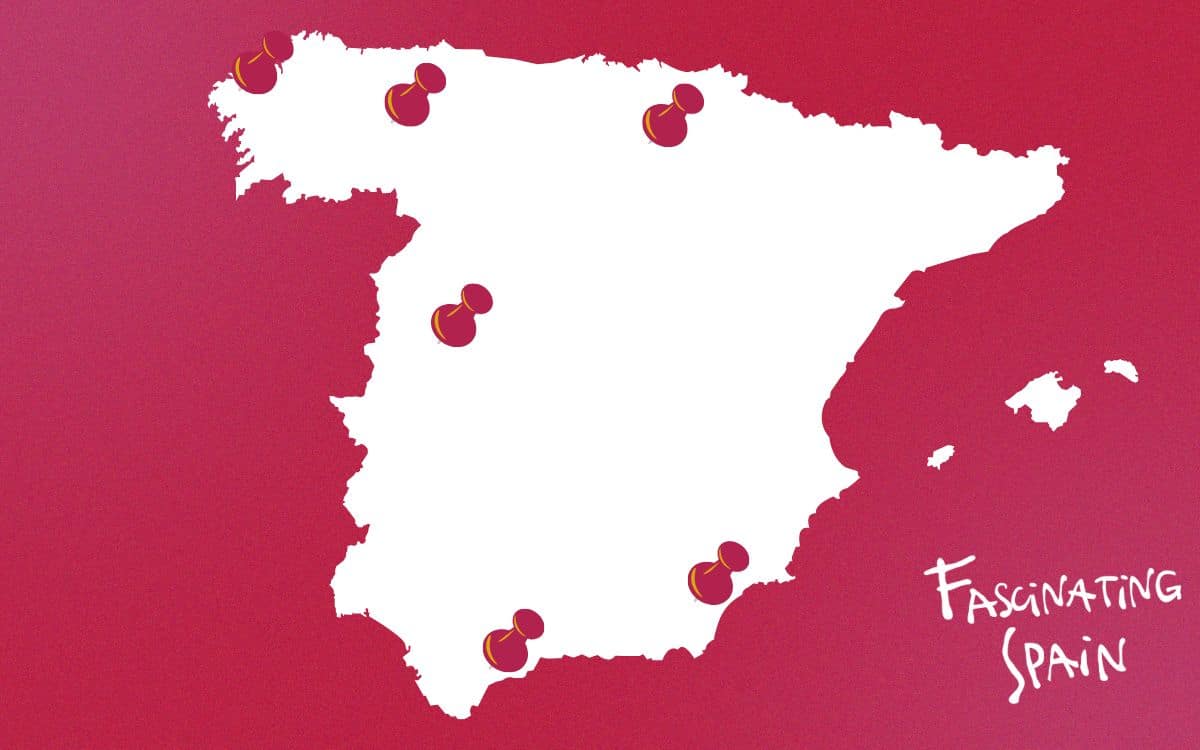
La Rioja was recently declared the cosiest region in the world, and Briones is one of the villages that perfectly holds that special Rioja charm. Its unmistakable silhouette covers the top of a hill, on the southern bank of the Ebro River. Briones is known for the quantity and quality of its wine cellars. Anyone who loves a good wine should head to this spot in the Haro region to taste the most precious treasure of the area and appreciate the rich heritage of this municipality.
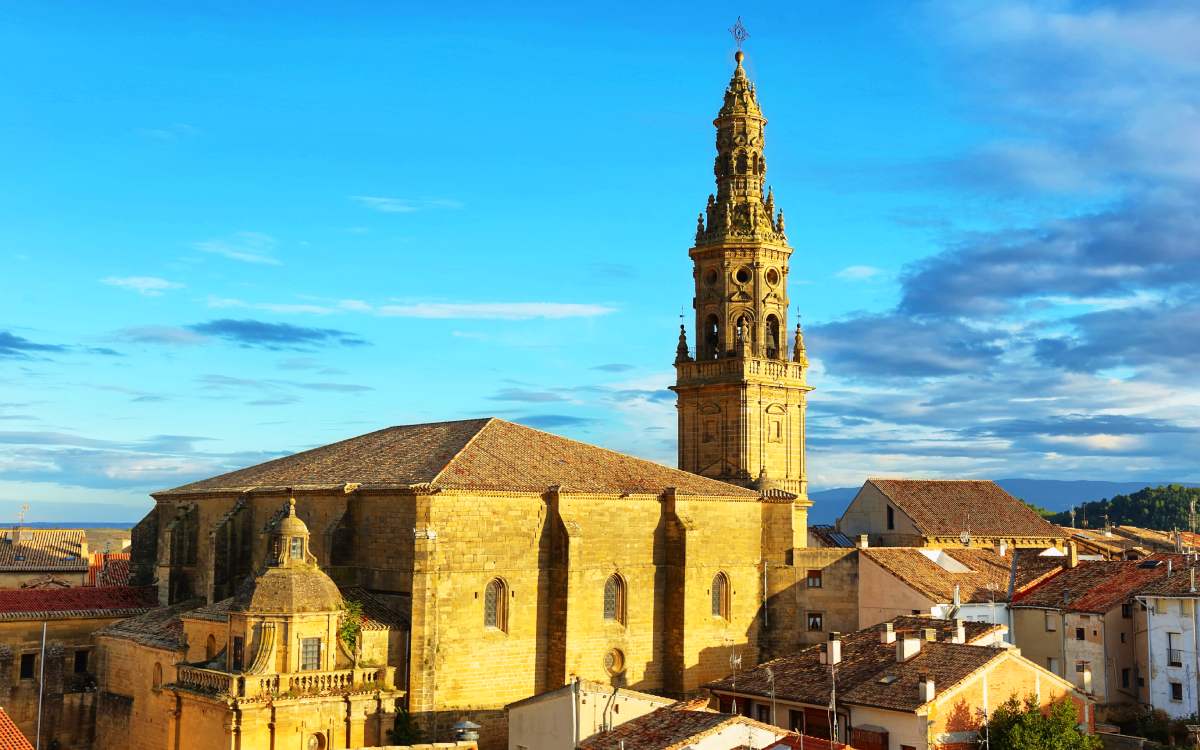
Briones. | Shutterstock
Besides, Briones’ layout is clearly medieval. Its narrow, steep streets ascend to the original city centre, whose peace contrasts with the lively atmosphere of the main square, a great place to enjoy the Rioja pleasures.
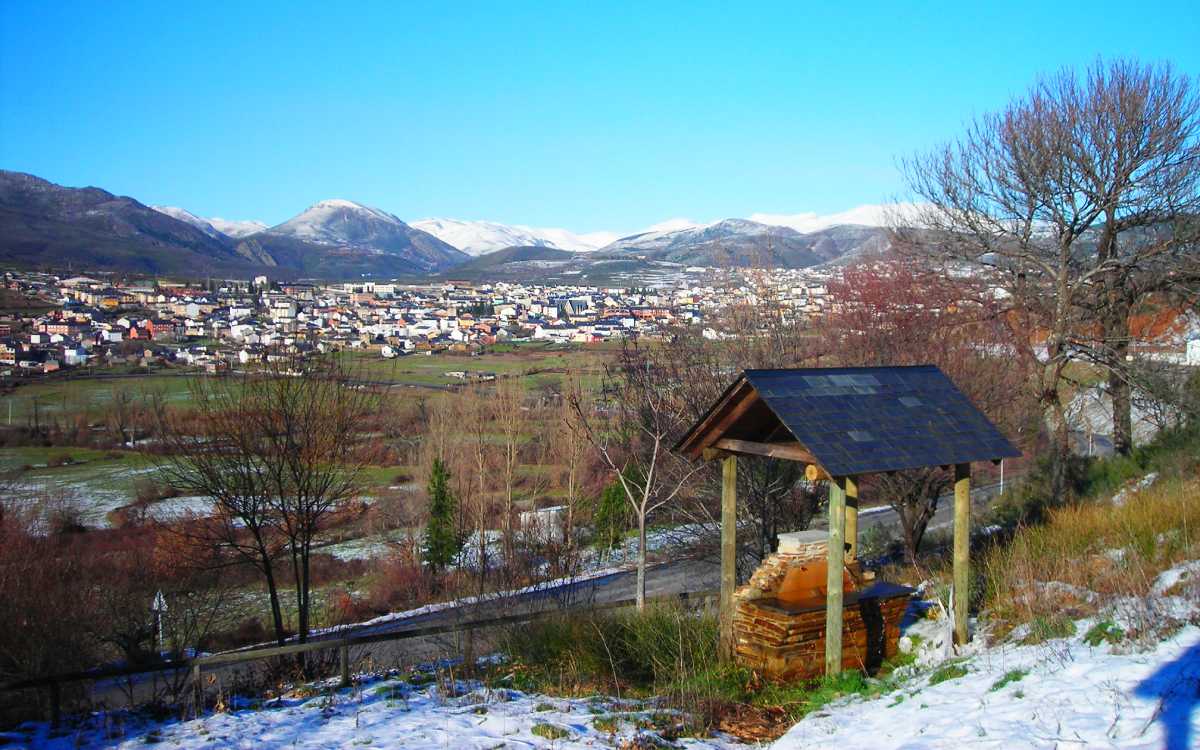
Fabero. | Wikimedia
Located in the heart of El Bierzo, Fabero belongs to the Red Nacional de Pueblos Acogedores, a platform that aims to bring people to rural areas. This old mining village shows its industrial past written in a protected area, the heritage of a lifestyle, but it is also a true gem for nature and architecture lovers. The Sierra de Ancares brings a magical atmosphere to the landscape, with bright colours that change throughout the seasons.
Fabero’s architecture is a combination of its many and diverse districts, such as the vernacular constructions in the Barrio del Mercadillo and the countless churches built in the primitive local style or in the surprising modernity of San Nicolás Nueva. But if there is something that really invites us to stay here, that is El Bierzo’s popular gastronomy: the botillo, roasted pepper and, of course, the magnificent local cheeses and wines.
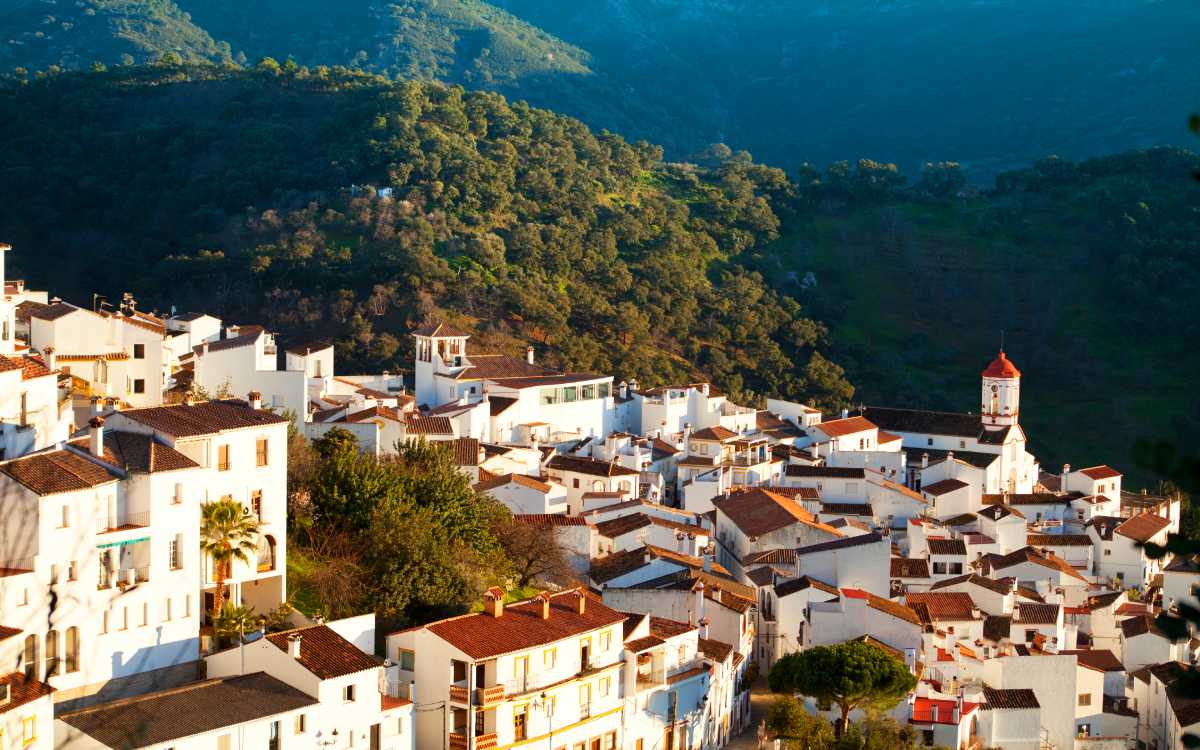
Genalguacil. | Shutterstock
Málaga always comes to mind when thinking about cosy places. Many initiatives have been carried out here, such as the Encuentros Pueblo Acogedor, which aims to build deep bonds between different municipalities. Genalguacil was one of them, a village famous for being a street art museum village and one of the most beautiful in Málaga. In western Málaga, in the foothills of the Serranía de Ronda, white houses shine brightly under the southern sun in a beautiful spot with exceptional views.
Genalguacil hosts more than 200 works of art in its streets, which turn a simple walk through the village into a top-tier cultural experience. Its diverse paintings and the genuine local architecture merge into a unique combination. Artistic events are held here every two years to welcome new paintings. However, not only art is welcome here—visitors agree in its people’s great hospitality.
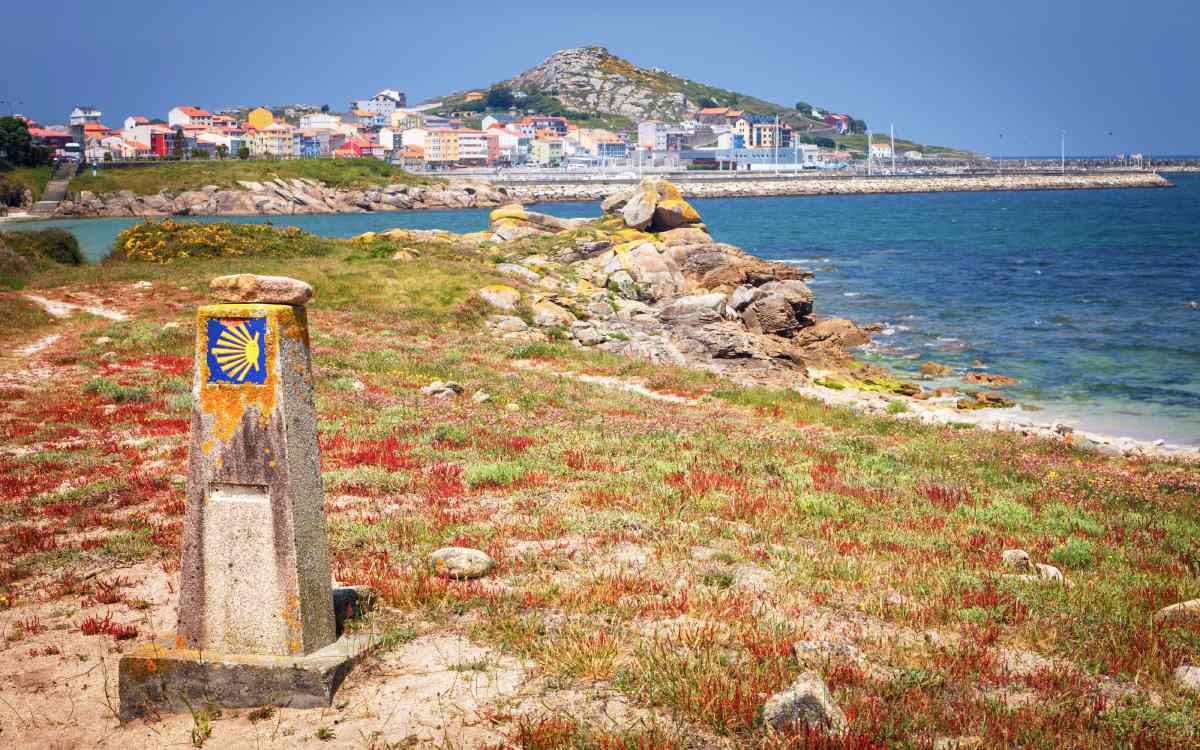
Muxía. | Shutterstock
Muxía sits in Galicia’s Costa da Morte and is one of those villages that makes visitors feel like they’re home. This concello has the beauty of Finisterre—the embrace of land and ocean that charms every heart. Its Sanctuary of the Virgen de la Barca is its main tourist attraction, the spot where Virgin Mary appeared to Saint James the Great, which later became a pilgrim shelter.
Its elegant eighteenth-century shapes stand out in the wild environment. But there is more to the local heritage and you can find many examples, such as the Romanesque churches, the Monastery of Moraime and the impressive hórreo of San Martiño de Ozón. On the other hand, Muxía is a traditional seafaring village, one of the best to explore that simple lifestyle, and an incomparable setting perfect to walk and enjoy breathtaking panoramic views.
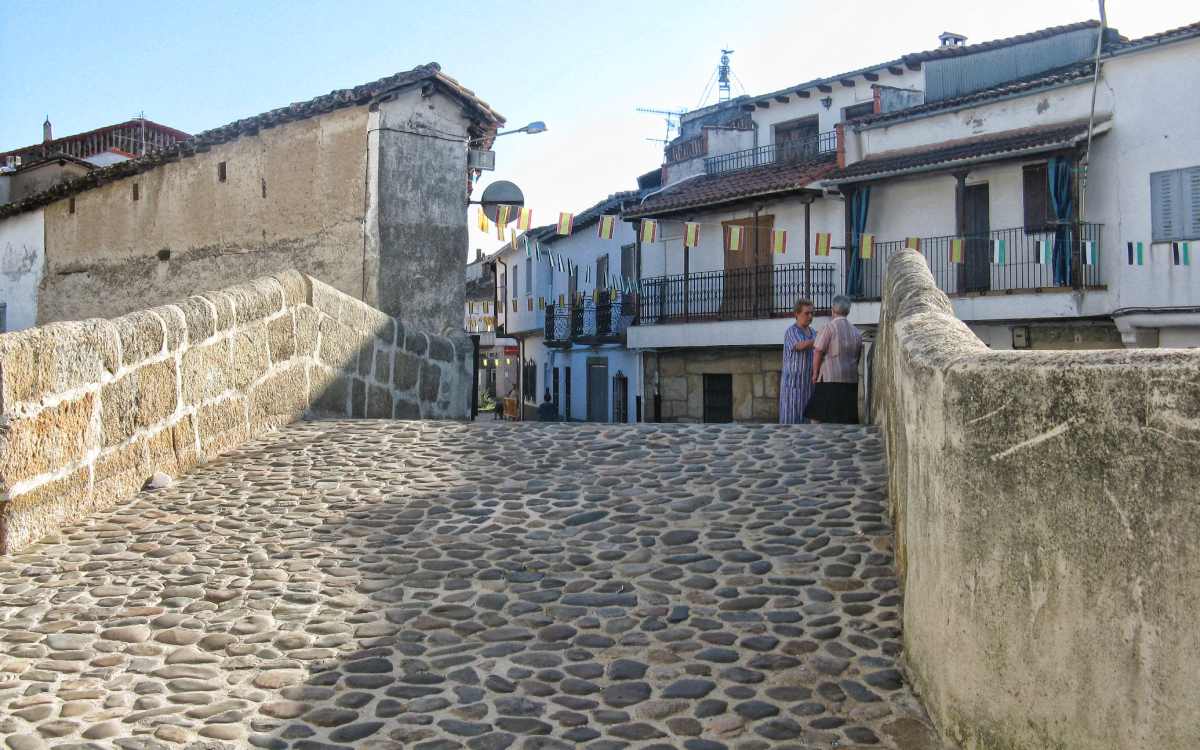
Aldeanueva del Camino. | Alberto Cabrera, Wikimedia
Nestled in the heart of the Ambroz Valley, in the area known as the ‘Extremeña Switzerland’, lies Aldeanueva, crossed by the Vía de la Plata (or the Silver Route), an itinerary that has linked southern Spain to the north for as long as people can remember. The ‘Camino’ in its name has reflected the village’s character since the Roman era, whose road is still visible today.
The route separated the village into two areas, considered the frontier between these territories. But it attracted diverse visitors. For instance, many fearless English travellers arrived here in the 19th century and praised both the people’s friendliness and the local vegetables, the greatest they had ever seen.
Many other visits were followed by helplessness instead of joy, such as that of Napoleon’s troops, who destroyed everything in their way, or Charles IV’s royal procession, which stole people’s food. The locals had to host them as best they could, and despite every obstacle they have encountered, they remain generous and honest, like every pilgrim on the Silver Route will confirm.
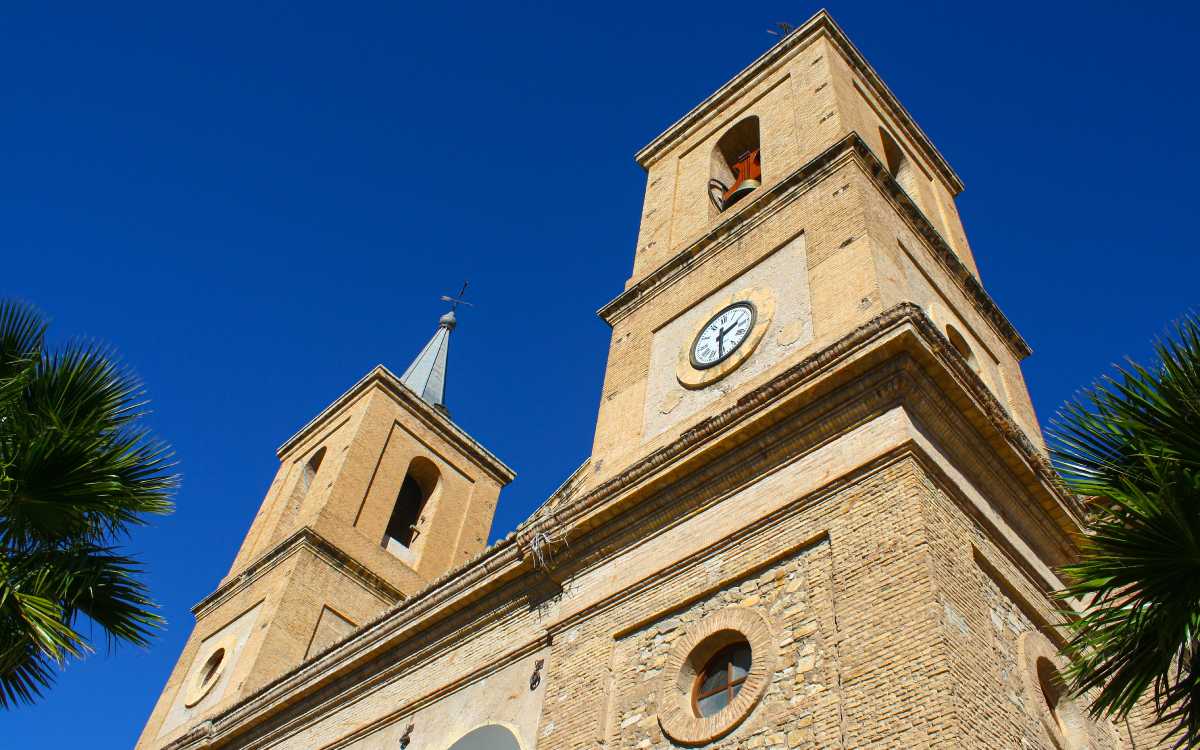
Church of Cantoria. | Shutterstock
A locality in Almería has reached the first spot on this ranking–it’s Cantoria, which has turned its friendliness into its most recognisable trait. Its soft climate that invites people to spend every day out and its people’s warm personalities have attracted a wide number of British migrants. British nationality is the most common here, right after the Spanish.
This village sits in the heart of the Valle del Almanzora. It is renowned for its rich musical culture and its noteworthy marble carving tradition, since it sits in one of the main areas in Spain when it comes to marble quantity and quality. There are many things to see in Cantoria, such as its monumental Neoclassical church, the baroque hermitage and remains from the Arabic past. In the region of Almanzora, a splendid palace rises high, surrounded by gardens, many types of trees and a navigable lake.
You can also read this article in Spanish here.
Follow us on Facebook!